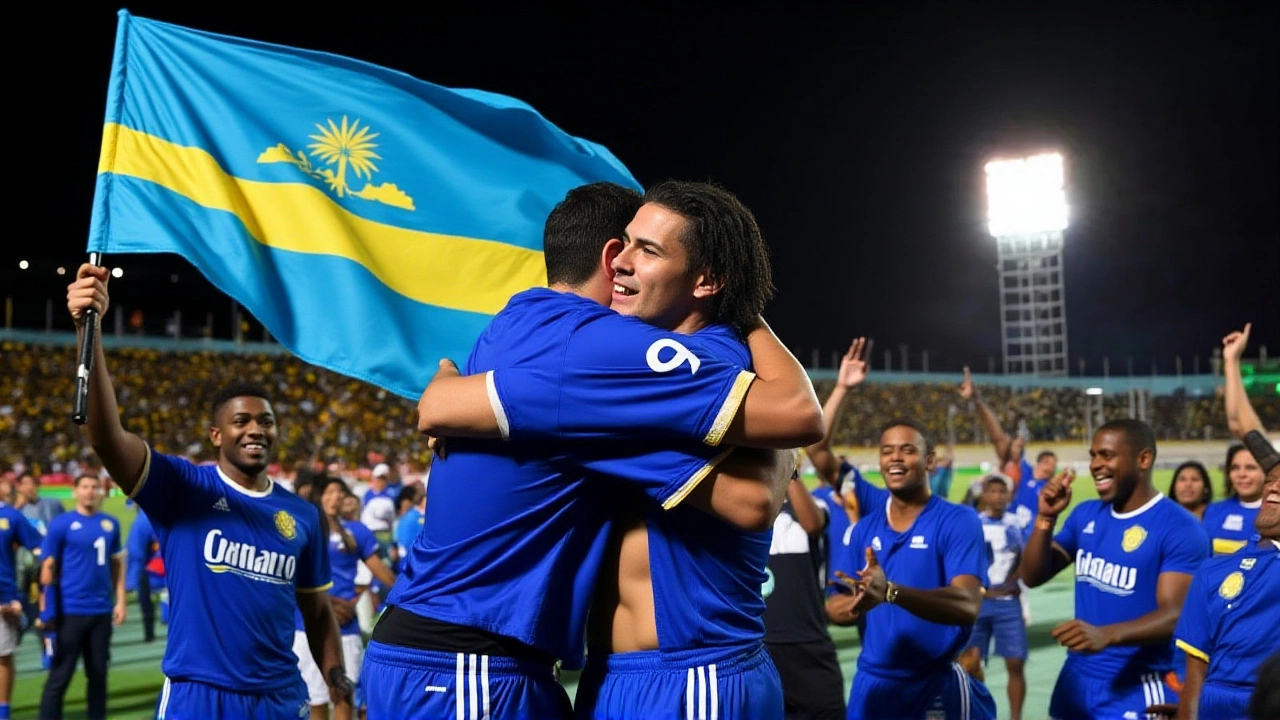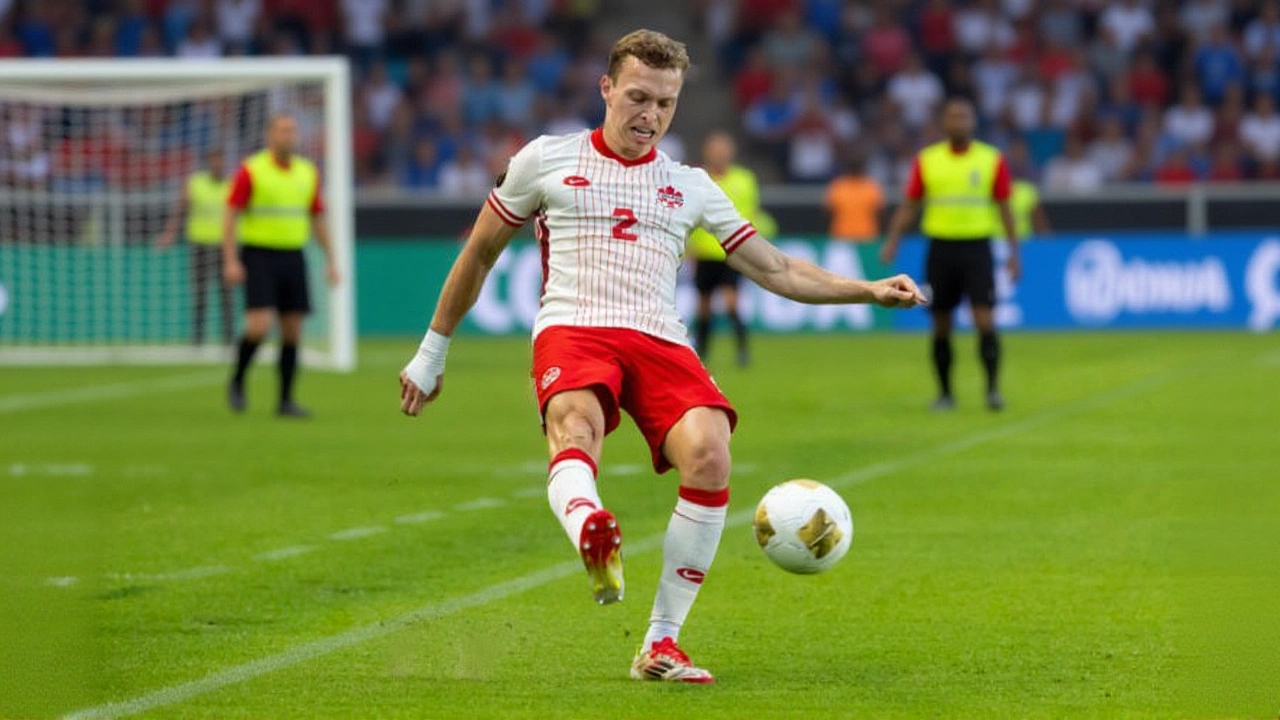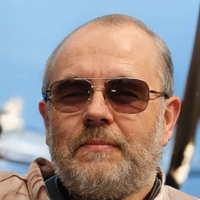
There is no truth to the story that a former Rangers Football Club manager led a nation smaller than the Isle of Mull to the FIFA World Cup. Despite widespread rumors online, no such event has occurred — and the data doesn’t support it. The Isle of Mull, a rugged Scottish island in the Inner Hebrides, has a population of just over 3,000 people. That’s smaller than many high school football teams in Texas. And yet, according to every official record, no sovereign state with fewer than 5,000 citizens has ever qualified for the World Cup — let alone one with fewer than 3,000.
Why This Story Keeps Circulating
The rumor seems to have sprung from a mix of absurdity and wishful thinking. People love underdog tales. They imagine a quiet, overlooked place — maybe a tiny island with colorful houses and sheep grazing on cliffs — suddenly punching above its weight on the global stage. The Isle of Mull, with its picturesque Tobermory harbor and population of 3,063 (as of 2022), is the perfect canvas for that fantasy. Add in a charismatic former Rangers boss — perhaps Steven Gerrard or Mark Warburton — and suddenly you’ve got a Netflix movie waiting to happen.
But here’s the thing: it’s fiction. The FIFA World Cup requires membership in FIFA, which only recognizes sovereign nations. And while there are micronations like Sealand or Molossia, none are FIFA members. The smallest country ever to qualify was Iceland (330,000 people) in 2018. The next smallest? Wales (3.1 million). Even San Marino (34,000) has never made it past qualifying. Mull’s population? Less than half of San Marino’s smallest village.
The Real Numbers Behind Mull
Let’s get the facts straight. The Isle of Mull covers 875 square kilometers — larger than Manhattan, but with fewer people than a single London borough. According to the Scottish Government’s 2022 census, the island’s population rose to 3,063 from 2,800 in 2011. That’s a 9.4% increase in a decade — impressive for a remote island. Most residents live in Tobermory, the administrative capital, home to 1,010 people. The rest are scattered across hamlets like Bunessan, Craignure, and Salen — places where the local pub is often the town hall.
Population density? Just 3.2 people per square kilometer. That’s less than the Arctic tundra. Tourism swells the numbers in summer — maybe doubling them — but those are visitors, not citizens. No one on Mull holds a Scottish passport that grants them a seat at FIFA. And even if they did, they’d need a national team. Which they don’t have. The closest thing? A local amateur side called Mull FC, which plays in the Argyll and Bute League. Their home ground? A field behind the Tobermory fishmonger.
Why Former Rangers Managers Don’t Coach Microstates
Former Rangers managers — even the most storied ones — don’t wander off to coach island populations smaller than a single Scottish village. Why? Because there’s no structure. No funding. No infrastructure. No youth academies. No professional leagues. The Scottish Football Association doesn’t even recognize Mull as a separate football entity. It’s part of the West of Scotland Football League’s regional setup.
And here’s the kicker: even if a former Rangers boss wanted to take on such a project, FIFA’s rules require a nation to have a minimum of 10,000 registered players and a national stadium. Mull doesn’t have a single 11-a-side pitch that meets international standards. The closest? A muddy field near Fionnphort that floods during high tide.

What This Says About Football Culture
The persistence of this myth reveals something deeper. We crave stories where the little guy wins. We want to believe that passion, grit, and a brilliant manager can overcome geography, politics, and bureaucracy. And maybe that’s why this rumor stuck — because it feels true, even if it isn’t.
Real underdog stories exist. Look at Tahiti, population 180,000, which shocked the world by winning the 2012 OFC Nations Cup. Or Gibraltar, with just 34,000 people, now playing in UEFA qualifiers. But even they’re ten times the size of Mull. The island doesn’t have a national team. Doesn’t have a federation. Doesn’t have a chance — not under current rules.
What’s Next?
Will a tiny nation ever make the World Cup? Possibly. But not Mull. Not unless Scotland grants it independence — which isn’t happening — and FIFA changes its rules — which is unlikely. The closest we’ll get is a fictional TV series. Maybe starring Steven Gerrard as a retired manager who moves to Mull, starts a youth academy in a converted barn, and somehow, impossibly, leads the island to qualify — through sheer willpower and a really good soundtrack.
Until then, we’ll have to settle for the real story: a beautiful, windswept island, with a population smaller than a Premier League stadium’s seating, quietly holding on to its heritage — and its sheep.
Frequently Asked Questions
Has any country smaller than the Isle of Mull ever qualified for the World Cup?
No. The smallest country to ever qualify for the World Cup is Iceland (330,000 people in 2018). The Isle of Mull, with only 3,063 residents, is far smaller than any FIFA-recognized nation. Even San Marino (34,000) and Liechtenstein (38,000) have populations ten times larger than Mull’s. No micronation or territory under 10,000 people has ever been admitted to FIFA qualifying.
Could a former Rangers manager realistically coach a team from Mull?
Not under current football structures. Mull has no national team, no FIFA affiliation, and no infrastructure to support international competition. The island’s only football club, Mull FC, plays in a regional amateur league. Even if a former Rangers boss wanted to start a program, FIFA requires a sovereign state with registered players, a national stadium, and a football association — none of which exist on Mull.
Why does this rumor keep appearing online?
It taps into a powerful narrative: the ultimate underdog story. People love imagining a forgotten place — like Mull, with its 3,000 residents and dramatic cliffs — defying odds to reach the World Cup. The idea of a famous manager like Steven Gerrard turning a sleepy island into a football powerhouse is emotionally satisfying, even if it’s impossible. Social media amplifies these myths because they’re shareable, not because they’re true.
What’s the smallest territory ever to play in a FIFA-recognized competition?
The smallest territory to compete in a FIFA-sanctioned event is Gibraltar, with a population of 34,000. It joined FIFA in 2016 and now competes in European qualifiers. Before that, the Faroe Islands (50,000) were the smallest. Neither comes close to Mull’s population. Even the smallest FIFA members have populations over 10,000 — and all are sovereign nations with full football federations.
Does the Isle of Mull have any football team at all?
Yes, but only at the amateur level. Mull FC competes in the West of Scotland Football League, a regional amateur circuit. They play home games on a basic pitch near Fionnphort, often in front of fewer than 100 spectators. There’s no professional structure, no youth academy, and no pathway to national competition. The team is run by volunteers and funded through local donations — a far cry from the resources needed for World Cup qualification.
What would it take for Mull to ever qualify for the World Cup?
It would require Scotland to grant Mull independence — which is politically impossible — and then FIFA to admit it as a new member. Even then, Mull would need to build a national team from scratch, establish a football association, construct a stadium meeting international standards, and develop youth programs for thousands of players. With a population of 3,000, that’s not feasible. The island’s best chance is supporting Scotland’s national team — which it already does, passionately.


